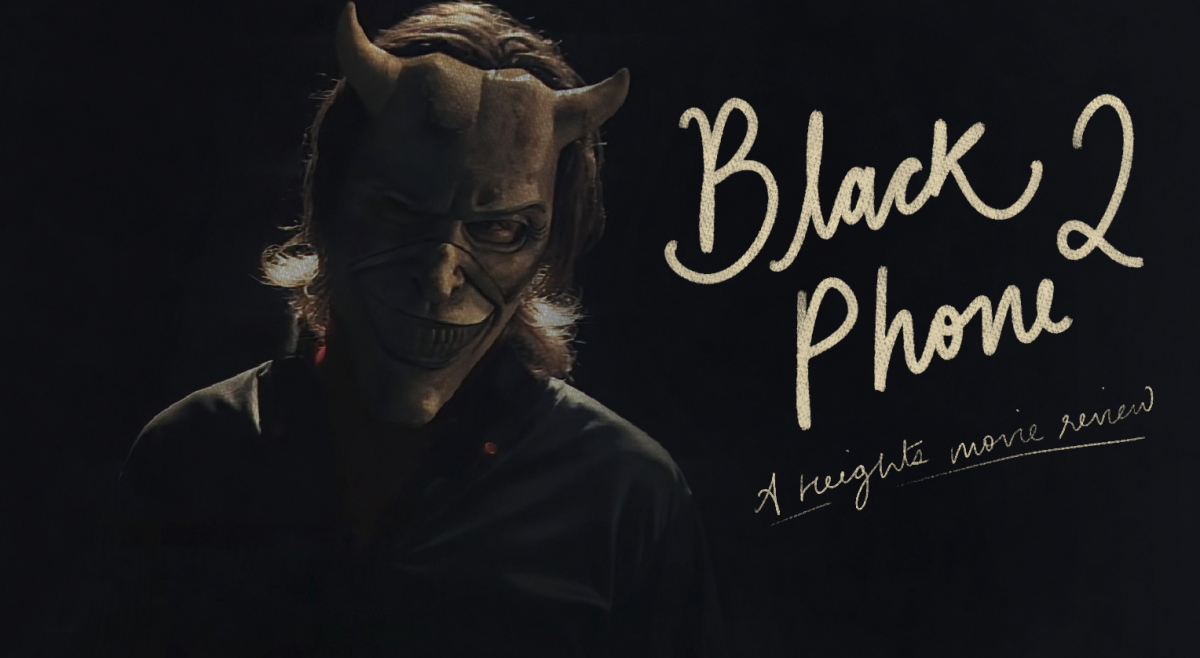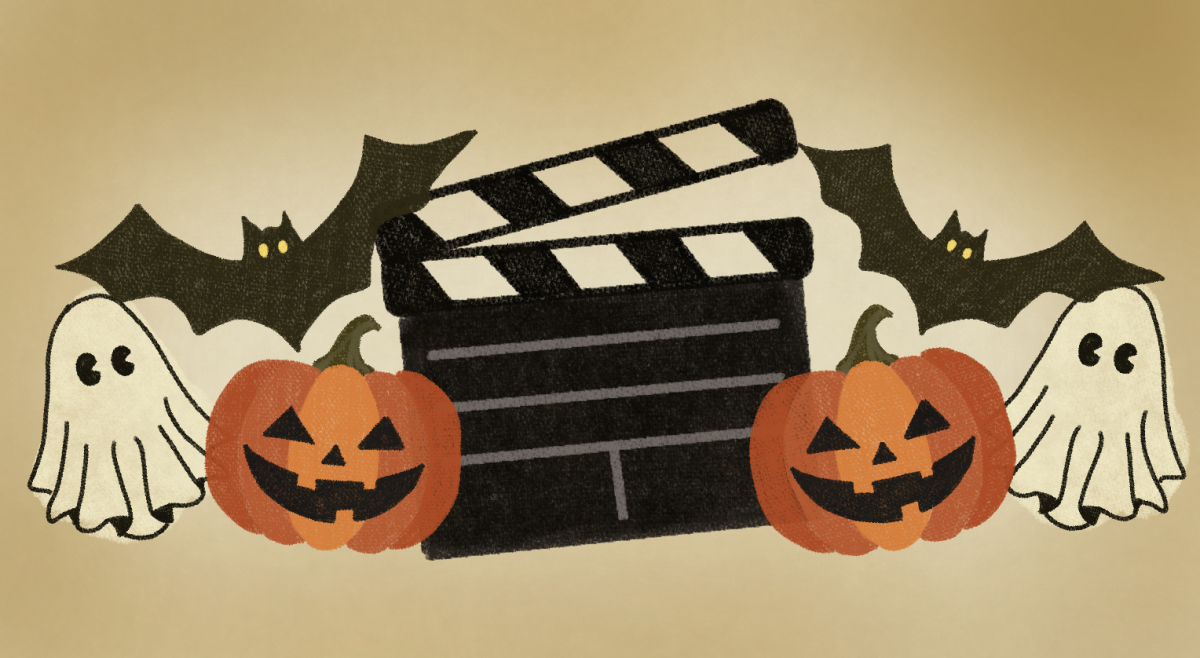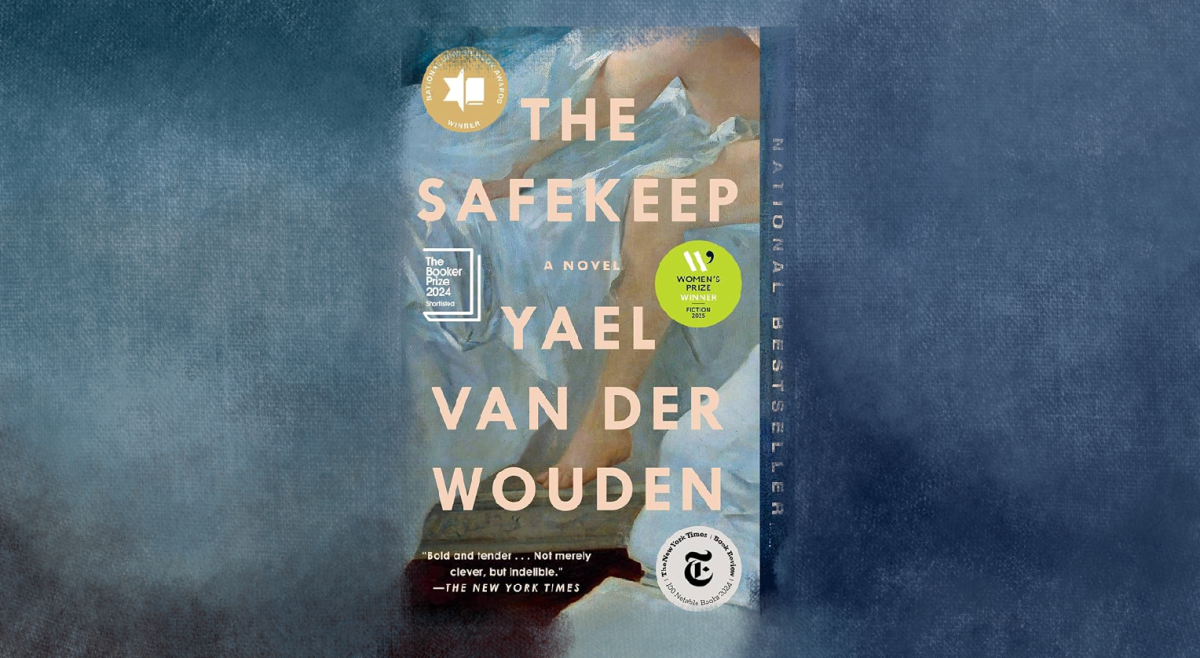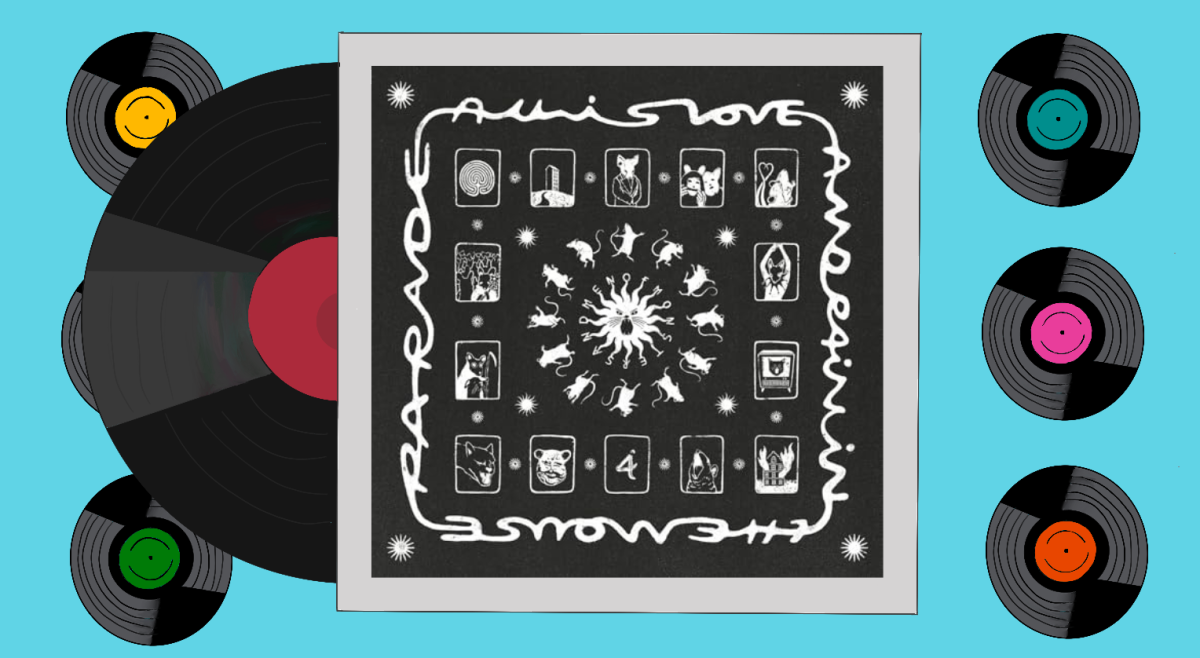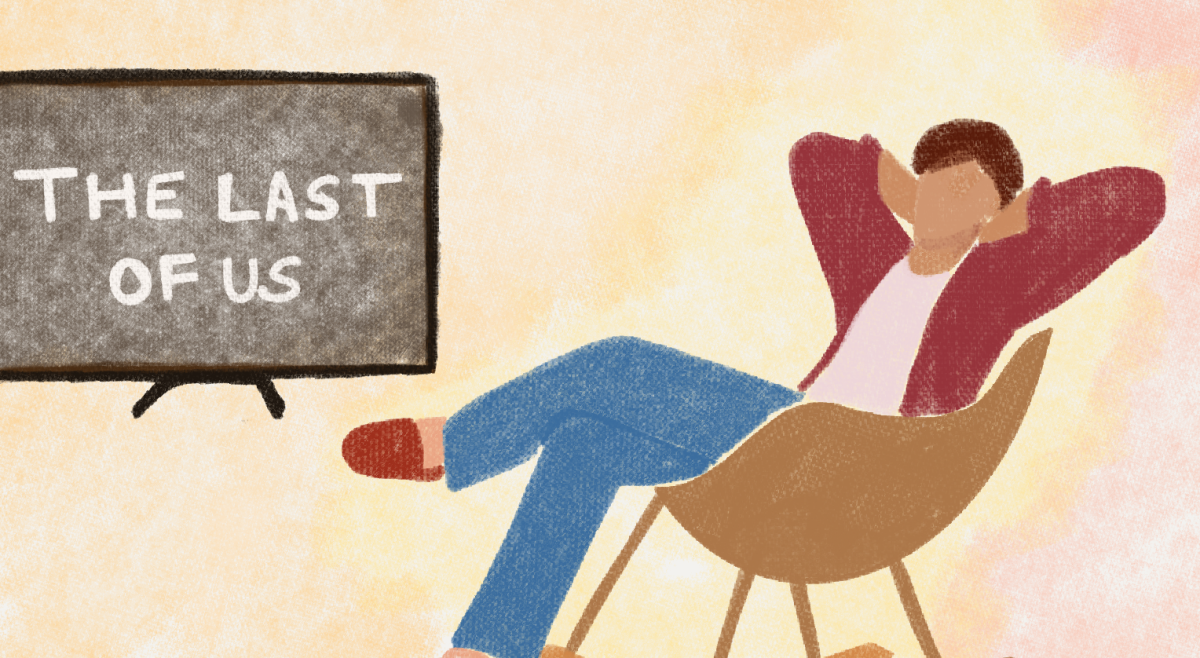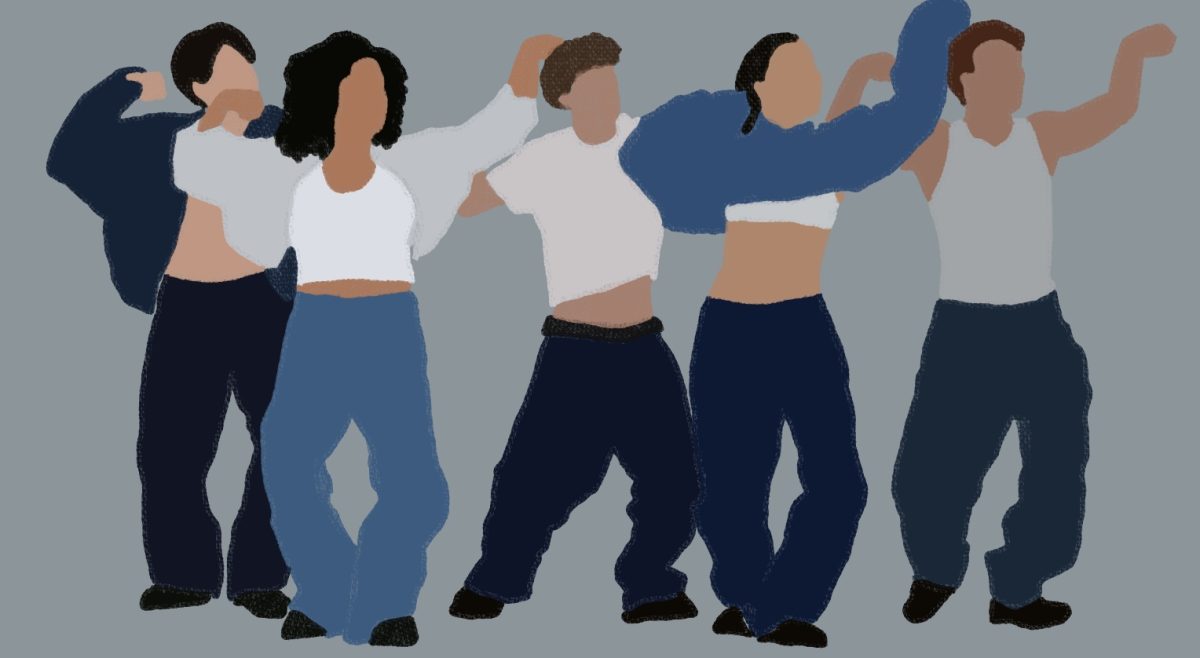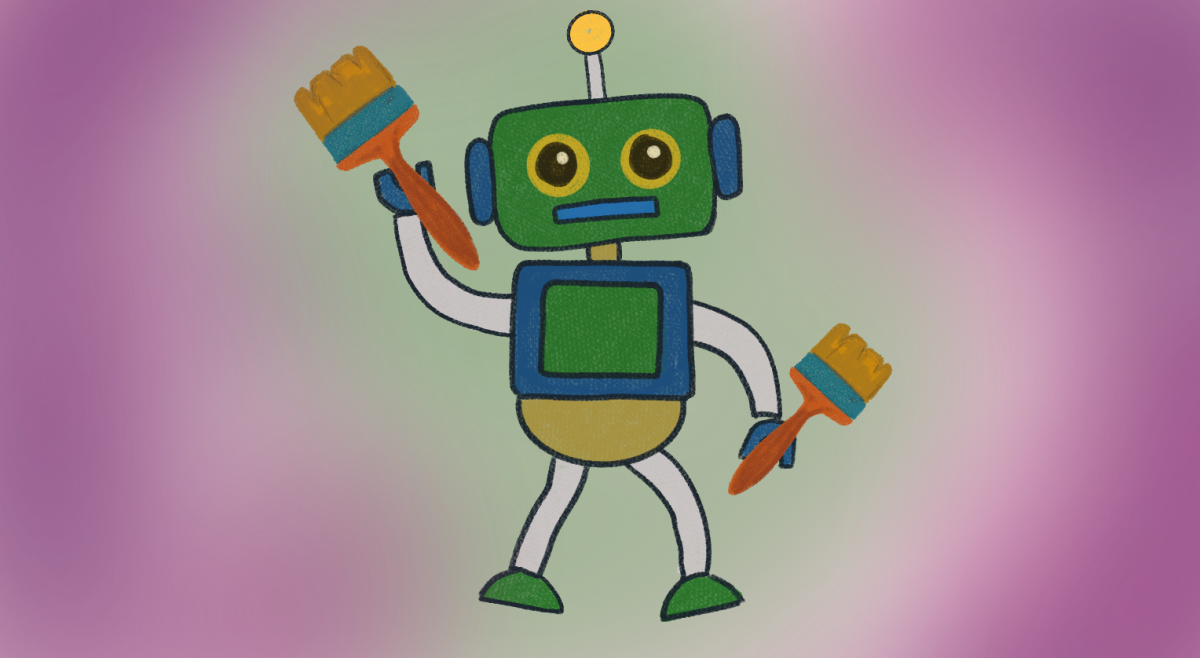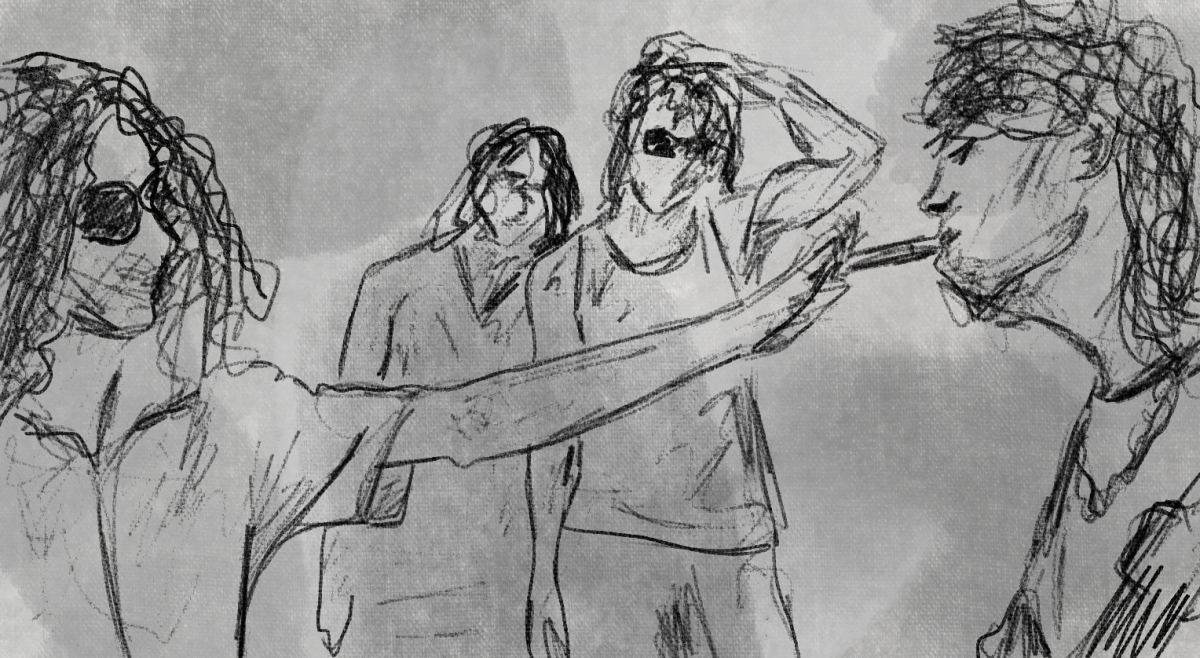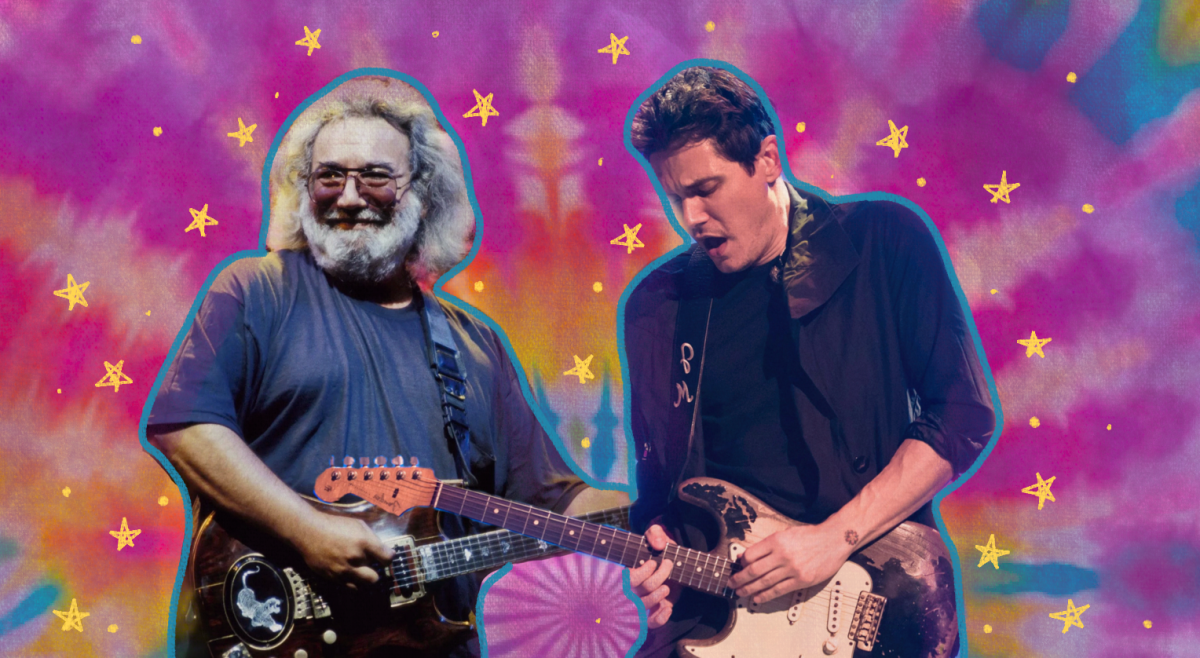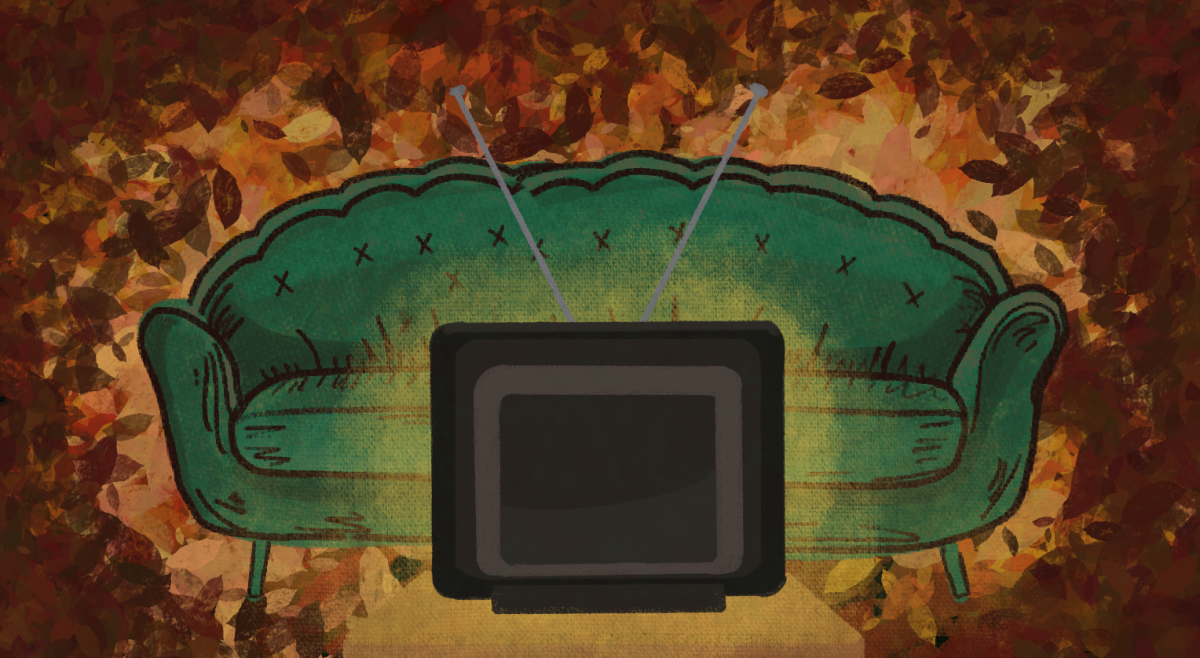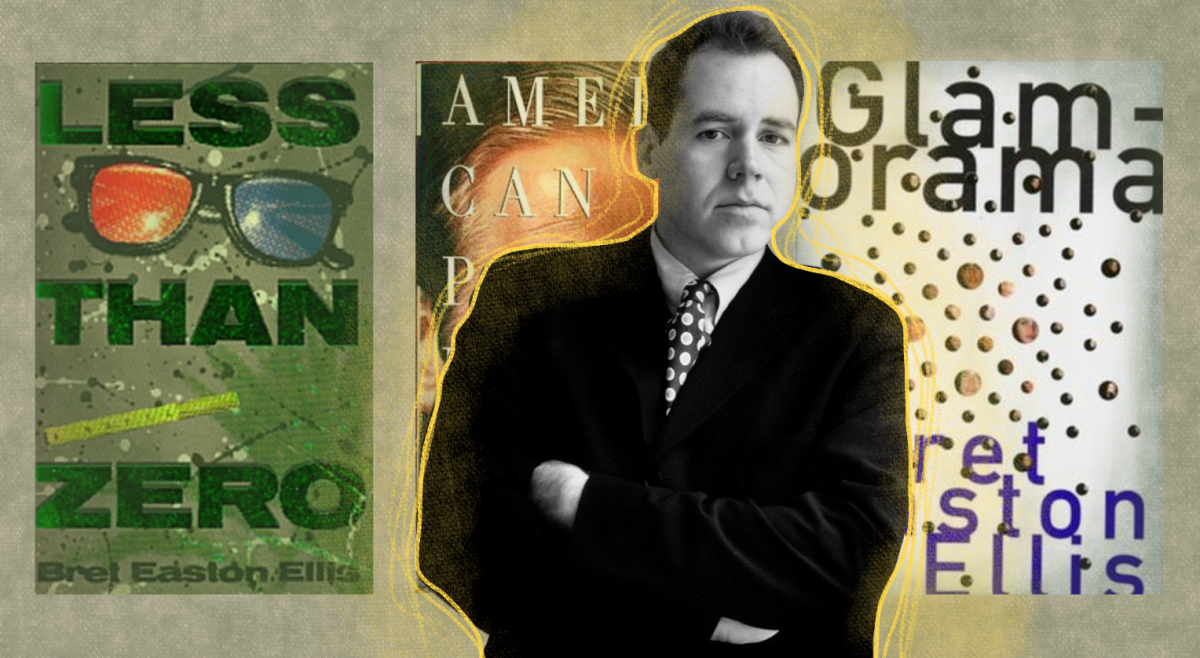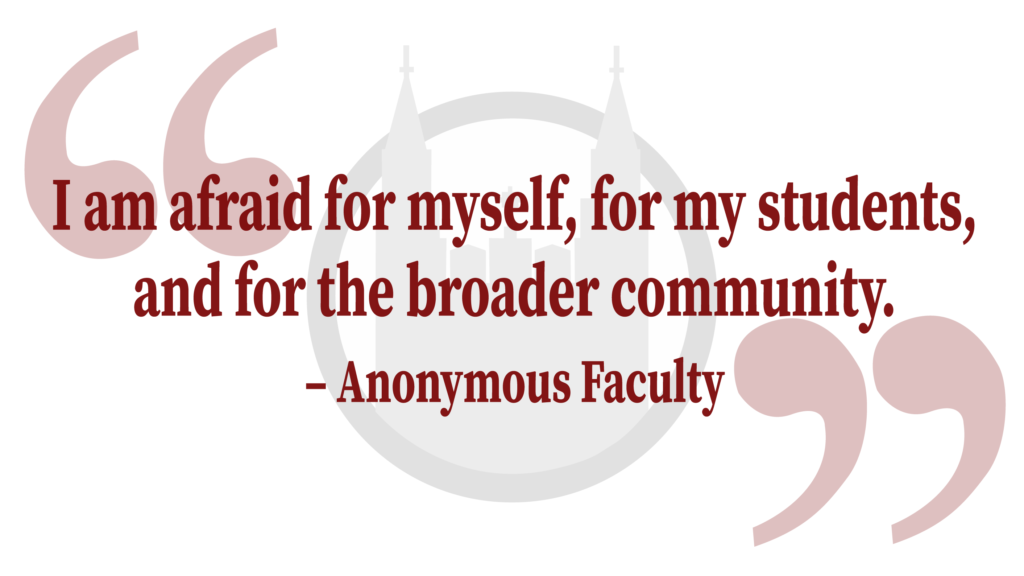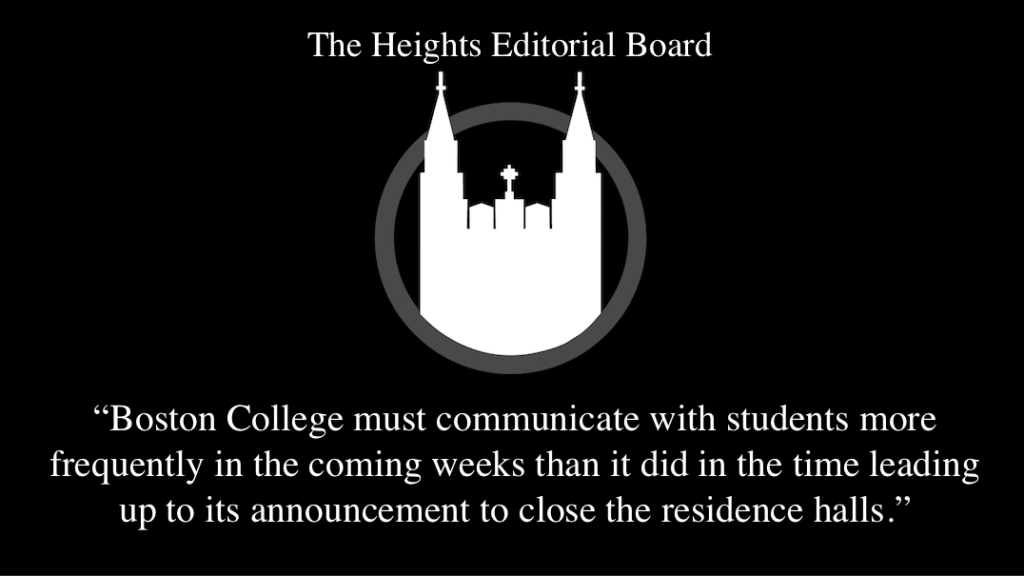Great horror films take the most normal situations and make them terrifying. Daylight is no consequence for the beasts that roam not in the literal shadows, but in the psyche of viewers. A simple walk down the street is complicated by what we’ve seen in darkly lit theaters and basements. The eerie feeling that someone, something, is watching you, following you is a thought we have all had. Unlike our movie counterparts, we come away unscathed—but not without giving a little credence to our fears with a casual glance over the shoulder.
In new films like It Follows, such fears come to fruition as the film makes a monster who manifests those those real terrors. This is what It Follows does so well—that kind of uneasiness is given a face, at least for the audience who can see it. On numerous occasions throughout the film, characters are met at the crossroads of those who can see and those who cannot. In class, our main character Jay glances outside the window and her glance is met by a mysterious woman, walking with an unsettling gait in her direction. As Jay scans left and right, no one else seems to notice. Sitting in the grass behind his house, Hugh formulates a plan to help Jay evade the monster. As he gazes into the distance a figure approaches with an all too similar walk. Frantically asking “You guys see that girl right there, right?” is followed by a resounding and relieving “Yes.” regardless of whether the characters fears are or are not well founded, their emotions are captured in their eyes. A genuine fear.
It Follows plays on just that special, elemental kind of fear. Real fear. A fear of something in ourselves. As the plot of the film indicates, the monster only becomes real when the victim is “infected” by another person. Until then, the monster remains invisible or for all intents and purposes, nonexistent. Something in the victim connects it to this being and allows for the slow cat and mouse game to ensue. Why is it drawn to you? What is inside you?
Many other horror films deal with this idea of a monster inside. The Thing in John Carpenter’s classic The Thing takes the form of and mimics those you would call friends. It asks who can you trust? Freddy Kruger’s cruel intentions only become a credible threat when his victims become vulnerable inside their heads, in their dreams. Are you safe even in your own mind? These kinds of films get at the heart of what horror is all about, often in creative fashion on screen. At their heart, they beg these fundamental questions, an internal dialogue, scarier than any chainsaw toting maniac.
As moviegoers, we know how to respond to these situations. Do not look under the bed. Do not yell “Is anybody home” in the abandoned mansion and on a general note follow the enumerated steps in Scream to ensure survival. Opportunities that warrant the use of such rules rarely present themselves and more often than not, we are left sitting on the train, in our room reading a book, home alone left with our own thoughts—the naissance of the scariest things on the planet. The things that frighten us the most are the things that are of a higher likelihood to happen. The impending doom of the Sharknado seems trivialized in comparison to your phone running out of charge. Neither is the idea of getting sucked into your TV a credible threat when can not shake the feeling that you forgot to do something that you cannot quite put your finger on. When horror really begins to urk us, is when we see ourselves in those characters and say, “ I’ve done that before” or more commonly “I’ve felt that before”.
The scariest things are the ones we experience all the time. Though we may not meet an untimely demise, we still hesitate to reach into the backseat of our dark car. Though it may simply be all in our heads, the horrors dwelling in the recesses of our minds prove to have much more lasting impacts on us than anything we may see on screen. When done right, horror asks us to glance not behind us but in some way within us. What are you afraid of? Something in you? Something in all of us?
“To make Micheal Myers frightening, I had him walk like a man, not a monster” – John Carpenter
Featured Image Courtesy of Northern Lights Films


